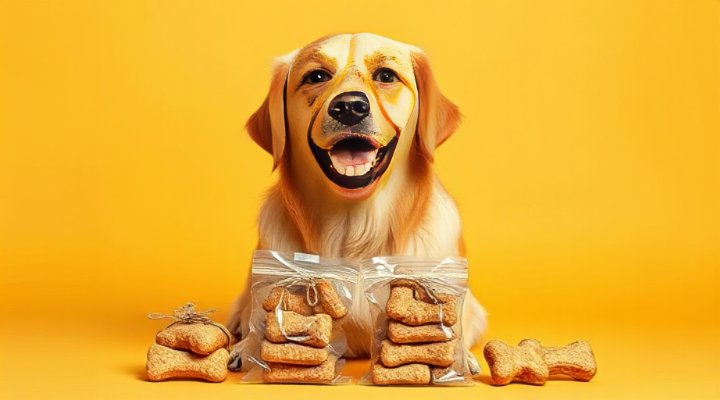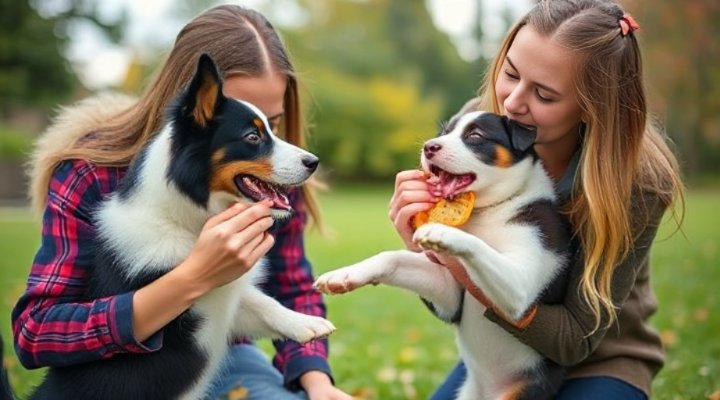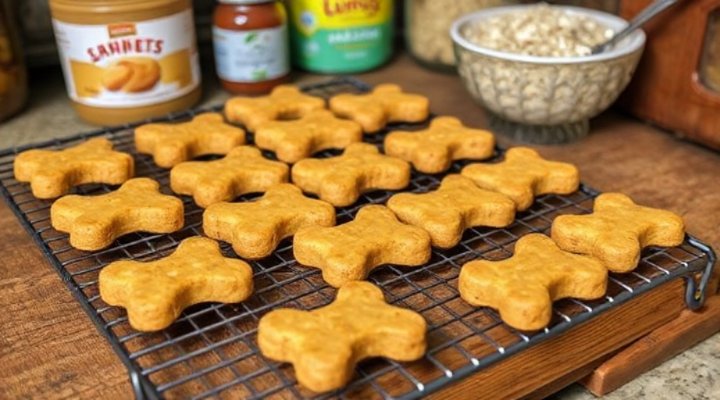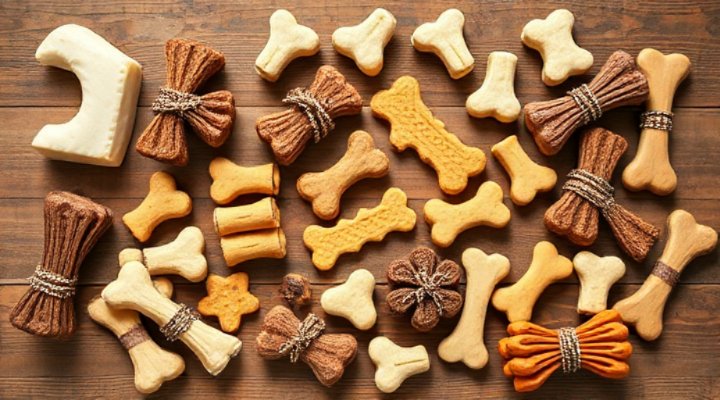When it comes to training your furry friend, choosing the best dog training treats can make all the difference. After all, what motivates a dog more than a delicious reward? But with so many options available, how do you pick the right one? Let’s dive into the world of dog treats and uncover what makes some stand out from the rest.

Why Treats Matter in Dog Training
Positive reinforcement is the cornerstone of effective dog training, and treats are often the most powerful motivators. According to the American Veterinary Medical Association, reward-based training strengthens the bond between pet and owner while encouraging good behavior.
In my own experience with my Labrador Max, I found that small, soft treats worked wonders for teaching new commands. They’re easy to carry and quick for him to eat, keeping his focus on the training session rather than chewing.

Characteristics of the Best Dog Training Treats
Size Matters
Training treats should be small – about the size of a pea. This allows for frequent rewards without overfeeding. As noted in our Dog Food Selection Guide, portion control is crucial for maintaining your dog’s healthy weight.
Soft vs. Crunchy
Soft treats are generally better for training as they’re quickly consumed. However, some dogs prefer the crunch – it’s worth experimenting to see what your pup responds to best.
Nutritional Value
Look for treats with simple, wholesome ingredients. Avoid artificial preservatives, colors, or flavors. Many trainers recommend single-protein treats for dogs with sensitive stomachs.

Top Types of Training Treats
1. Commercial training treats: Specifically formulated for frequent use during training sessions.
2. Freeze-dried proteins: Highly palatable and often made with single ingredients like liver or chicken.
3. Homemade options: Simple recipes using ingredients like sweet potato or peanut butter (check our Best Gravy Train Dog Treats article for ideas).
4. Vegetable pieces: Some dogs love carrots or green beans as low-calorie options.
How to Use Treats Effectively
The key is timing – reward immediately after the desired behavior. Gradually phase out treats as the behavior becomes consistent, replacing them with praise or petting. For more advanced training techniques, check out our Ultimate Guide to Pet Training.

Common Mistakes to Avoid
– Using treats that are too large or high-calorie
– Inconsistent rewarding which can confuse your dog
– Over-reliance on treats without transitioning to other rewards
– Choosing treats that take too long to eat, breaking training flow
Special Considerations
For puppies, ensure treats are appropriate for their age and size. Senior dogs might need softer options. Always consult your vet if your dog has dietary restrictions, as recommended by the American Kennel Club.
Remember, the best dog training treats are the ones that your dog loves and that support their health. With the right rewards and consistent training, you’ll be amazed at what your canine companion can learn!
Related Keywords: dog training rewards, healthy dog snacks, positive reinforcement training, small training treats, homemade dog treats

